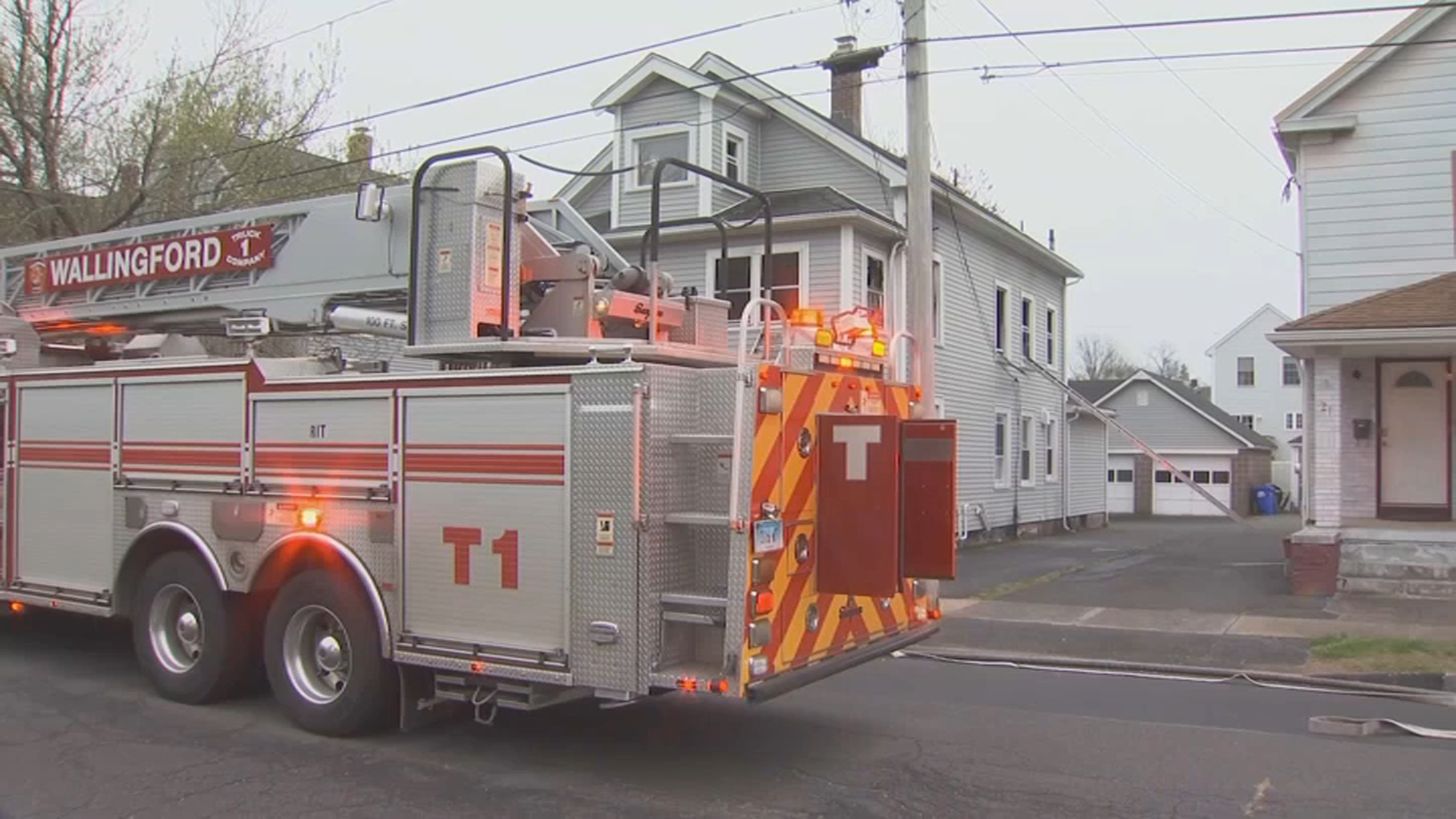Masses of the unwelcome gypsy month caterpillars have hatched in the southeastern part of the state. The spring rains can activate a fungus that can kill the caterpillar. But some residents are concerned it's not working fast enough to save their trees.
Crews cut down one of Lorraine Healy’s trees at her Ledyard home Tuesday. This time, a power company footed the bill since it was close to the electrical line.
Healy is responsible for the rest of the trees the gypsy moth caterpillars defoliated and killed. She said it will cost around $6,000 to remove the rest of the destroyed trees.
Healy lives in one of the most heavily infested areas in Ledyard. Her yard and house was covered with caterpillars last spring and summer.
So earlier this month, she and some other Ledyard homeowners paid for a ground spray.
“My daughter saw one as opposed to the thousands we saw last year at this time. So that’s great," Healy said.
But elsewhere in town, the gypsy moth caterpillars are still out and about, and hungry.
Local
They've left holes in the leaves of John Simlick, Jr.'s maple tree -- which is not even the caterpillar's first choice for food.
Simlick left a piece of plywood out overnight.
"When I came out this morning, the plywood was almost black with just gypsy moth stuff. They just keep eating and dropping," he said.
This wet spring is ideal to trigger a fungus that kills the gypsy moth caterpillars.
That fungus starts to kill the caterpillars as they get larger toward the middle or end of May, according to the Department of Energy and Environmental Protection (DEEP).
Since there are so many egg masses, people should expect to see a large number of caterpillars now, said State Entomologist Kirby Stafford III. But his staff is still working to figure out if there is enough fungus to kill them in the coming weeks.
Simlick sprayed his rental property and said it worked. While he saw no defoliation at his home in another section of Ledyard, he’s considering spraying there too, if the fungus doesn't work quickly enough.
“Tough call. It really is a tough call," Simlick said.
According to Stafford, the dead gypsy moth caterpillars killed by the fungus will look different since they’ll be much younger. They can be found in trees and under leaves.
His staff is gathering samples and will also test samples sent into his office.



